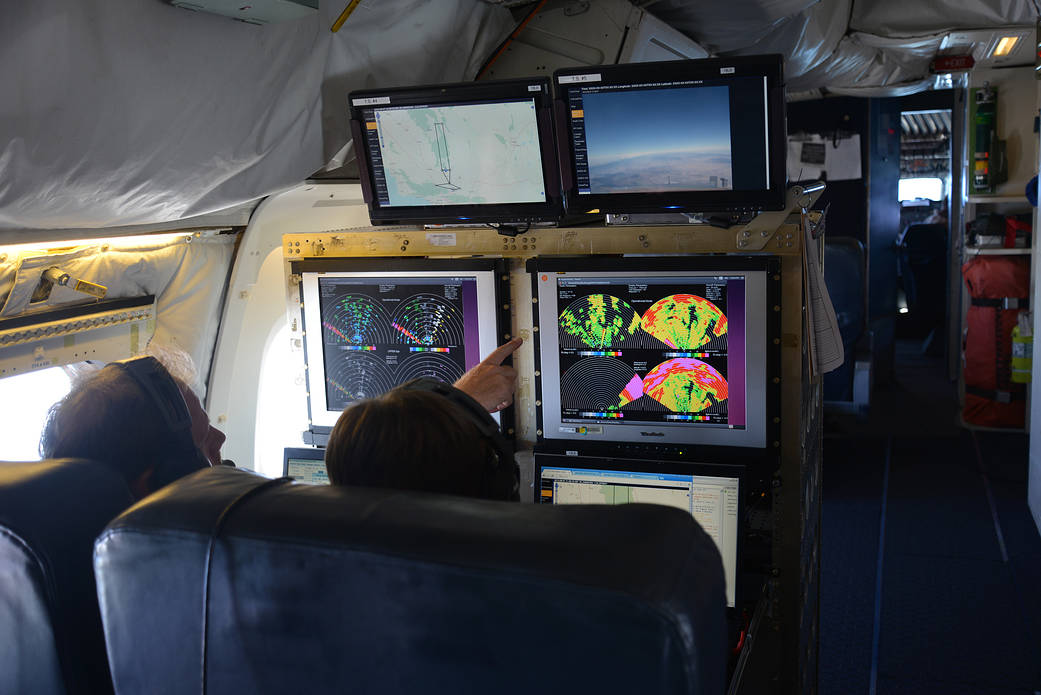Understanding the capability of radar to detect high altitude icing is the goal of a NASA flight campaign about to begin in Fort Lauderdale, Florida. For the next three weeks, NASA researchers will be flying a DC-8 research plane, outfitted with state-of the-art radar and sophisticated meteorological probes to detect ice crystal icing conditions.
Current weather radar can detect rain, hail or ice particles, but is limited in its ability to discern which types and sizes of ice crystals are in the atmosphere. When ice crystals hit warm aircraft engines, they start to melt and evaporate, cooling the engine core surfaces to temperatures below freezing. This enables the melted ice crystal water to refreeze, causing ice to accumulate inside the engine core. Ice in this location may cause temporary power loss or engine blade damage.
The Florida flight campaign is the first NASA mission and the third in a series of investigations by industry and government researchers to develop a better understanding of ice crystal icing conditions. “We are collecting radar signatures of the icing environment while the meteorological probes measure the actual ice water content and sizes of the ice crystals that the plane flies through,” says Steve Harrah, principal investigator. “The goal is to develop design requirements for a new radar process that can detect ice crystal icing and discern these conditions from non-hazardous clouds and low ice particle concentrations. With this new information, pilots should be able to avoid danger in the future.”
Data collected from NASA’s research will define requirements for future commercial radar products, provide the avionics industry with good scientific principles and measures for the detection of ice crystal icing conditions, and add additional data for engine icing standards updated earlier this year.
Photo credit: NASA/Peter Merlin




























